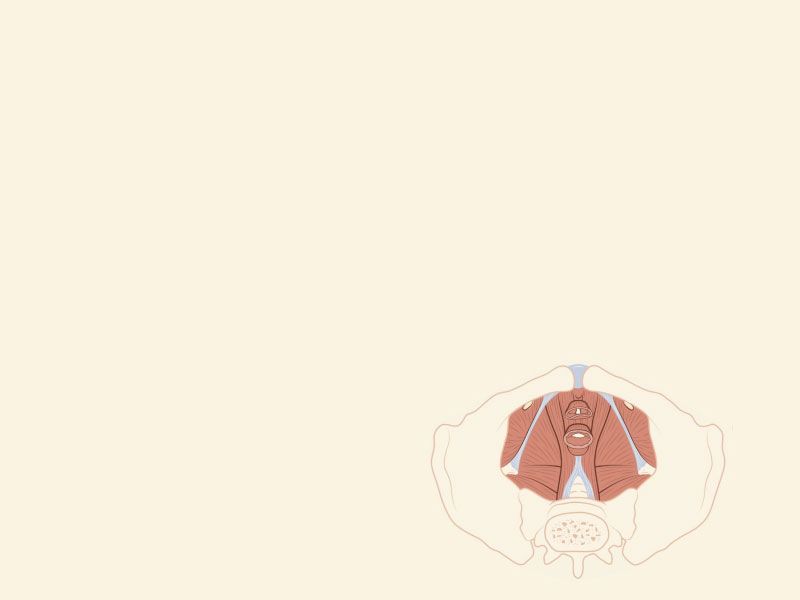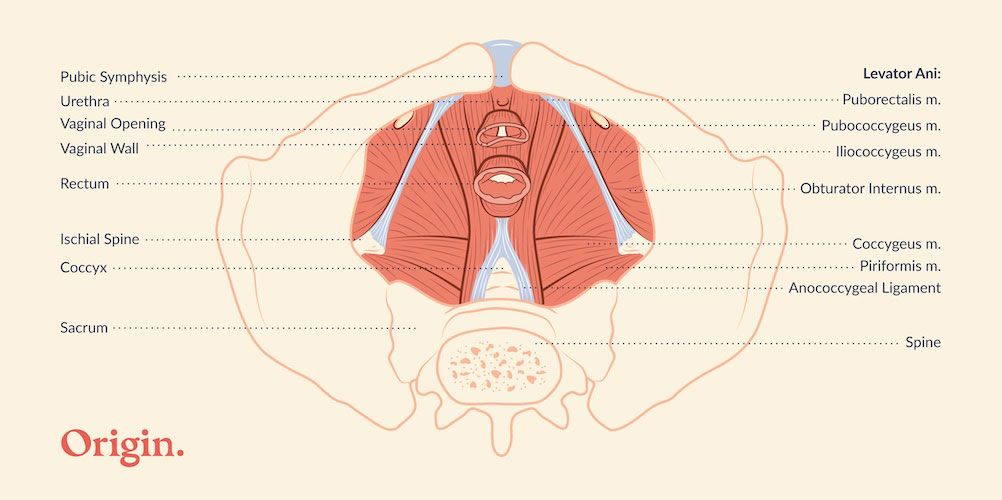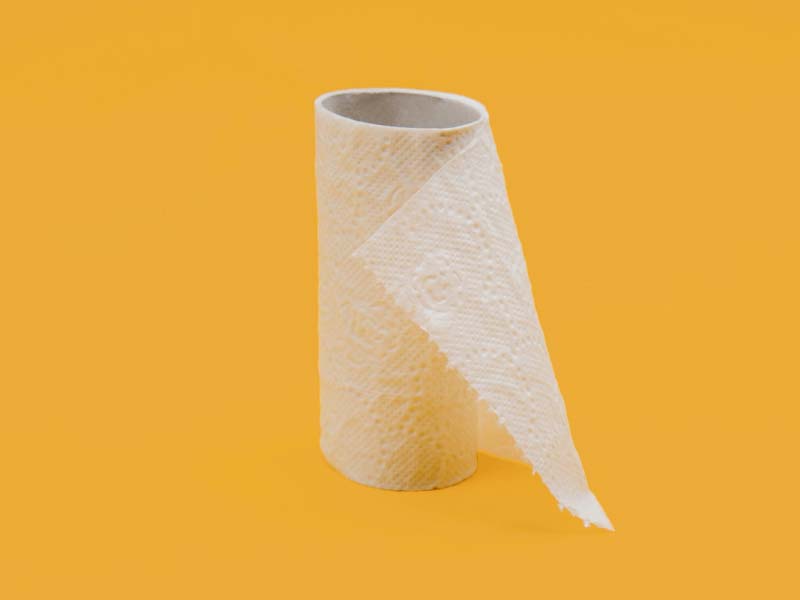
Is it a UTI or pelvic
floor dysfunction?
By Ashley Rawlins, PT, DPT at Origin
February 6, 2023
Medically reviewed by Andrea Sleeth, WHNP-BC
If you’re reading this, you’re probably all too aware of the unbearable symptoms of a urinary tract infection (UTI). There’s the intense, constant urge to pee (even when your bladder is completely empty) combined with the sensation that your urethra is on fire. But did you know that these very same symptoms can show up without an infection, aka a “phantom UTI”?
While it may sound like a mysterious villain from a Marvel TV series, a phantom UTI often has a clear medical explanation: The same urgency and pain that comes with a UTI can be caused by pelvic floor dysfunction (PFD).
Keep reading to find out more about what causes PFD and what you can do to relieve its equally uncomfortable, UTI-like symptoms.
How to tell the difference between a UTI & PFD
True UTIs are caused by bacteria in the urethra that travel to the bladder and irritate its lining, leading to inflammation and other symptoms, like cloudy or strong-smelling urine, fever, and the need to pee again and again… and again. The only way to find out for sure if you have a UTI is to go to a healthcare provider and get tested for a bacterial infection.
PFD, which can be diagnosed by a pelvic floor physical therapist, can exist without an infection. Instead, symptoms are caused by pelvic floor muscles that aren’t working properly.
Let’s pause here for a quick anatomy review: Your pelvic floor muscles form a kind of hammock at the base of your pelvis (see the diagram below) and wrap around the vagina, anus, and urethra. Your pelvic floor has several major functions, one of which is helping to control the flow of pee out of the body.

When your pelvic floor muscles are tight and overactive, it can lead to symptoms such as pain in the vulva and urethra, urinary urgency (you really have to pee), and frequency (having to pee multiple times) — symptoms that closely mimic those of a UTI.
Other symptoms of pelvic floor dysfunction include constipation, pain during sex, and bladder leaks.
To make things more complicated, it’s possible to have both a UTI and pelvic floor dysfunction at the same time. In fact, the pain and inflammation of chronic UTIs can cause your pelvic floor to become overly tight, which contributes to muscle tightening and dysfunction. Don’t worry, there’s a solution!
What to do if you think you have PFD
If the pain and discomfort of a UTI persist, even after you’ve been treated for a bacterial infection or told by a licensed medical provider that you don’t have an infection, a pelvic floor physical therapist can help you rule out or treat pelvic floor muscle dysfunction.
Physical therapy will start with an in-person or virtual evaluation to assess your pelvic floor muscles and bladder function. Once your PT has pinpointed the problem, they’ll work with you to create a treatment plan, which may include keeping a bladder diary, learning relaxation techniques to reduce muscle tension, reducing bladder irritants in your diet, and doing exercises to improve muscle strength and flexibility.
It’s important not to “just deal” with bladder symptoms that won’t go away. You deserve to feel good in your body! By addressing the real causes of your symptoms, you can break the cycle of discomfort and say goodbye to UTI symptoms for good.


